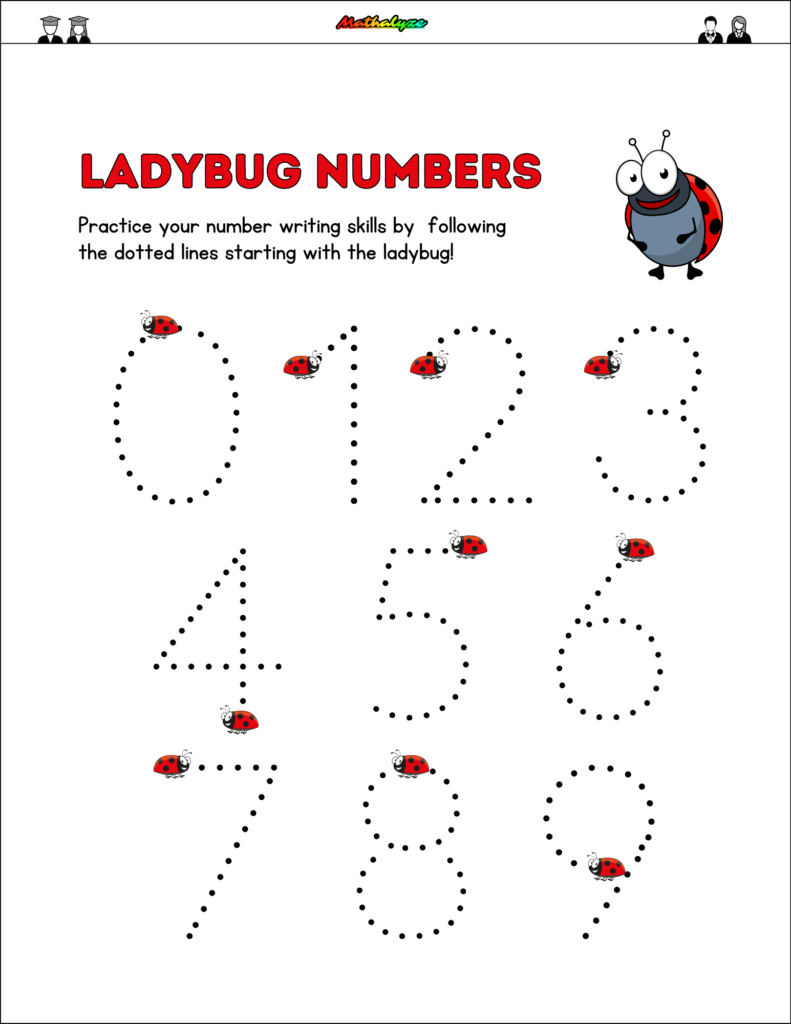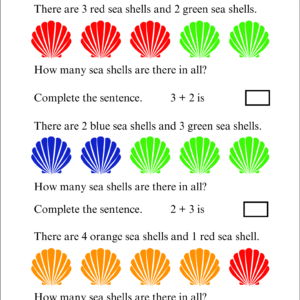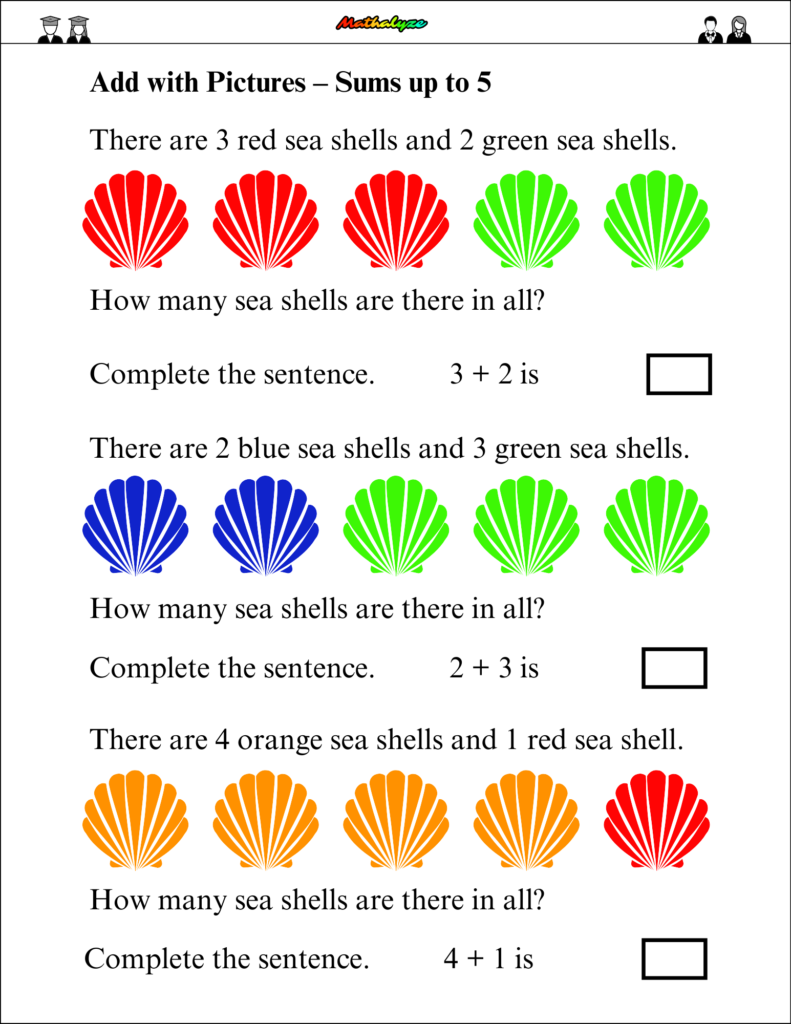Description
- Building Combinations: Participants use a set of cubes to create various groups that add up to 10. For example, they might arrange 3 cubes and 7 cubes together or 5 cubes and 5 cubes, experimenting with different combinations to achieve the sum.
- Visualizing Addition: By physically manipulating the cubes, learners can visualize how different numbers combine to make 10. This tactile approach helps in understanding the concept of addition and number relationships more concretely.
- Problem Solving: The activity encourages critical thinking as learners discover multiple ways to reach the sum of 10. They can explore patterns and develop strategies for quickly finding different combinations, enhancing their arithmetic skills and number sense.
Overall, this activity is designed to make learning addition fun and interactive, helping learners grasp fundamental math concepts through play.












Reviews
There are no reviews yet.